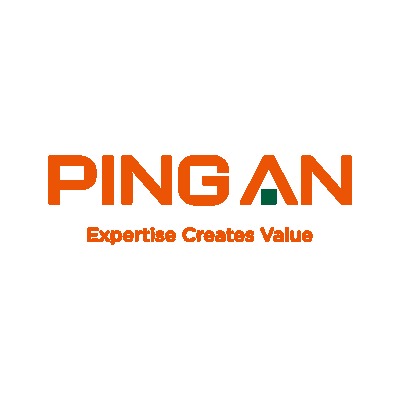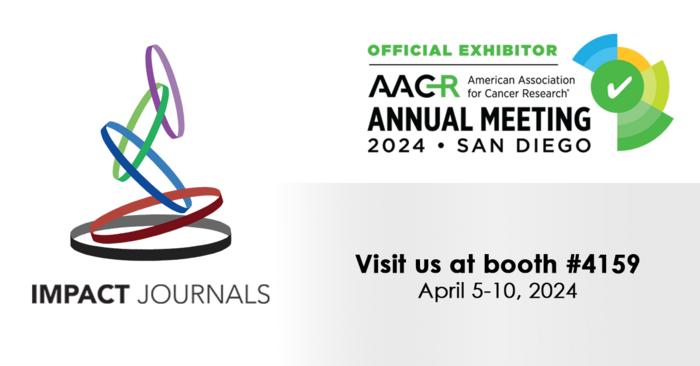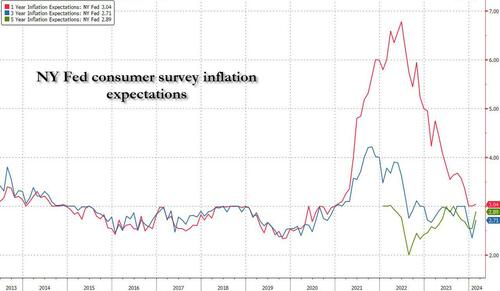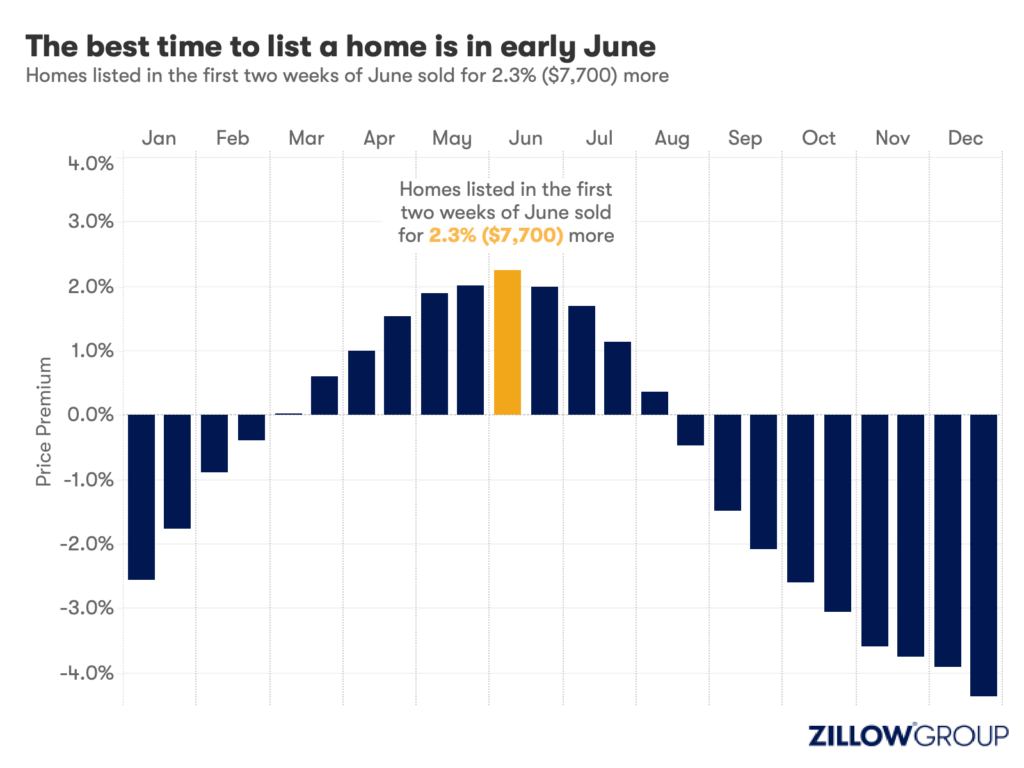Maintained stable business growth and promoted high-quality development
HONG KONG and SHANGHAI, March 15, 2023 /PRNewswire/ -- Ping An Insurance (Group) Company of China, Ltd. (hereafter "Ping An of China," "Ping An," or the "Group," HKEX: 2318; SSE: 601318) today announced its financial results for the year ended December 31, 2022.
The year 2022 marked an extraordinary year for Ping An. As a result of the complex and volatile external environment, changes in customer demand, and fluctuating capital market, several of the Group's business segments were affected to varying degrees, and their operations faced multiple challenges. Under the correct leadership of the Board of Directors, Ping An studied the new development philosophy and fostered a new development dynamic in accordance with the spirit of the 20th National Congress of the Communist Party of China ("CPC"). First, Ping An provided high-quality financial and healthcare services to support the national anti-pandemic efforts. Second, based on customer demands, Ping An fully integrated its services into financial and healthcare scenarios, and continuously improved its capability and level of financial services for the real economy and the protection of people's livelihoods. Third, Ping An accelerated the reform and transformation of life insurance, improved healthcare and elderlycare services, and strengthened technology and digital empowerment. Fourth, Ping An comprehensively strengthened risk prevention, further optimized portfolios, and increased cost-effectiveness to ensure the steady business operations. Thanks to the support of our shareholders and the loyalty of our customers, as well as the dedication of everyone at Ping An, we achieved the hard-earned results. Ping An achieved a 17.9% operating ROE, with operating profit attributable to shareholders of the parent company rising 0.3% year on year to RMB148,365 million in 2022. Net profit and net profit attributable to shareholders of the parent company amounted to RMB107,432 million and RMB83,774 million respectively. Ping An attaches importance to shareholder returns, and the annual cash dividend per share continued to grow 1.7% year on year RMB2.42.
Looking ahead to 2023, Jessica Tan, Co-CEO of Ping An Group, said, along with the external environment recovery and gradual positive effect from life reform, life NBV growth turned positive year on year in February and the encouraging momentum continued into March. We expect the NBV growth to be positive in the first quarter and the full year of 2023.
Ten business highlights in 2022:
- Cash dividends continued to rise amid stable profit. Ping An achieved a 17.9% operating ROE in 2022, with operating profit attributable to shareholders of the parent company rising 0.3% year on year to RMB148,365 million. Ping An attaches importance to shareholder returns, and the annual cash dividend per share continued to grow 1.7% year on year to RMB2.42.
- The integrated financial services model progressed steadily, providing "worry-free, time-saving, and money-saving" services. Ping An's retail customers approached 227 million and contracts per retail customer grew steadily by 2.1% from the beginning of 2022 to 2.97 as of December 31, 2022. Written premium of the corporate channel achieved through corporate business cross-selling rose 15.2% year on year in 2022.
- Ping An Life pursued high-quality growth and effectively advanced reform. Ping An Life optimized agent force structure, raising the proportion of "Talent +" agents by 14.1 pps year on year in 2022. Team productivity climbed as NBV per agent grew 22.1% year on year. Ping An Life's 13-month persistency ratio improved by 4.0 pps year on year, indicating improved business quality. The life and health insurance business ("Life & Health") operating profit rose 16.4% year on year.
- Ping An P&C maintained stable business growth, and significantly improved auto insurance business quality. Premium income increased 10.4% year on year to RMB298,038 million in 2022. Auto insurance combined ratio improved by 3.1 pps year on year to 95.8%.
- Ping An Bank maintained steady, healthy business growth and stable asset quality. Revenue grew 6.2% year on year to RMB179,895 million and net profit increased 25.3% year on year to RMB45,516 million in 2022. Non-performing loan ratio rose slightly by 3 bps from the beginning of 2022 to 1.05%, and provision coverage ratio was 290.28% as of December 31, 2022, indicating adequate risk provisions.
- Ping An continued to implement its healthcare ecosystem strategy. Ping An's healthcare ecosystem empowers its core financial businesses, with nearly 64% of the nearly 227 million retail customers using services from the healthcare ecosystem. Ping An had nearly 4,000 in-house doctors and over 45,000 contracted external doctors as of December 31, 2022. Over 55,000 corporate clients were served by Ping An's healthcare ecosystem in 2022.
- Ping An continued to strengthen core technological capabilities. Ping An's technology patent applications led most international financial institutions, totaling 46,077 as of December 31, 2022, up by 7,657 from the beginning of 2022. In 2022, sales realized by AI service representatives grew 25% year on year to approximately RMB344.4 billion; customer services provided by AI service representatives accounted for 82% of Ping An's total customer service volume.
- Ping An studied and implemented the spirit of the 20th National Congress of the CPC and promoted the new value-oriented management culture. In 2022, Ping An's Party Committees at all levels studied and implemented the spirit of the 20th National Congress of the CPC, pursued high-quality development, and comprehensively promoted the new value-oriented management culture to empower business.
- Ping An further advanced green finance initiatives to support the real economy. Ping An cumulatively invested over RMB7.89 trillion to support the real economy as of December 31, 2022, safeguarding national strategic initiatives, including the Belt and Road Initiative and the development of the Guangdong-Hong Kong-Macao Greater Bay Area. Green investment and financing, and green banking business totaled RMB282,363 million and RMB182,089 million respectively. Green insurance premium income amounted to RMB25,105 million in 2022.
- Ping An further increased its brand value with the return of the logo slogan to "Expertise Creates Value". Ping An is committed to providing the highest-level of professional financial advisory, family doctor and elderlycare concierge services, with the aim of building a century-old trusted, first-choice service brand. In 2022, Ping An ranked 25th in the Fortune Global 500 list (4th among global financial services companies), 4th in the Fortune China 500 list, and 17th in the Forbes Global 2000 list.
Customer development: With deepened integrated financial services strategy, retail business and corporate business continued to grow
Ping An's integrated finance strategy is focused on the development of both retail customers and corporate customers under a customer-centric philosophy. Ping An leverages its ecosystems to build a brand of "heartwarming" financial services by meeting customer demands and providing "worry-free, time-saving, and money-saving" experience via one-stop, multiple-channel integrated finance solutions.
With the development of the "one customer, multiple products, and one-stop services" business model and the "integrated finance + healthcare" strategy, Ping An's retail customer development capability continued to improve. The Group's retail operating profit increased 2.0% year on year to RMB132,636 million in 2022, accounting for 89.4% of its operating profit attributable to shareholders of the parent company. The Group's retail customers increased 2.1% from the beginning of 2022 to nearly 227 million as of December 31, 2022, including 29.70 million new customers acquired in 2022.
As Ping An advanced its integrated finance strategy, retail cross-selling continued to deepen. Over 24.96 million customer migrations occurred between the Group's core financial companies in 2022. Nearly 90.20 million retail customers, or 39.8% of total retail customers, held multiple contracts with different subsidiaries as of December 31, 2022. Contracts per retail customer grew 2.1% from the beginning of 2022 to 2.97 as of December 31, 2022.
Corporate business grew steadily. Under a "1 + N" services model (one customer + N products), Ping An focuses on tiered customer development of large and medium-sized enterprises, small and micro enterprises, and financial institutions. Corporate premiums achieved through cross-selling grew 2.7% year on year, in which written premium of the corporate channel increased 15.2% year on year in 2022.
Integrated finance: The operating profit of Life & Health grew steadily. Property & Casualty maintained good business quality. The banking and asset management businesses grew steadily.
Life & Health advanced reform and transformation to pursue high-quality development. In 2022, Life & Health achieved a 32.7% operating ROE with operating profit rising 16.4% year on year to RMB112,980 million in 2022. Ping An Life improved channel business quality and effectively enhanced its comprehensive strength in channels. NBV per agent rose 22.1% year on year in 2022. The proportion of "Talent +" new agents increased by 14.1 pps year on year in 2022. Ping An Life advanced the digital business outlet reform and completed rolling out smart operations to outlets nationwide. NBV from the first and second batches of pilot outlets turned positive in the second half of 2022. Innovative channels gradually took shape. NBV from the bancassurance channel increased 15.9% year on year. The Community Grid model has been successfully rolled out in 25 cities.
In respect of products, Ping An Life upgraded its insurance product portfolio, and created differentiation advantages under the "insurance + service" framework by leveraging the Group's healthcare ecosystem. Customers entitled to "insurance +" service benefits accounted for 55% of Ping An Life's NBV in 2022, up 24 pps year on year. In respect of "insurance + health management," Ping An Life served approximately 18.59 million customers in 2022. Over 76% of newly enrolled customers used health management services. In respect of "insurance + home-based elderlycare," Ping An's home-based elderlycare services covered 32 cities across China as of December 31, 2022, providing over 500 service items. Over 20,000 customers have qualified for the home-based elderlycare services. In respect of "insurance + high-end elderlycare," Ping An started the construction of "Yi Nian Cheng" communities in Shekou, Shenzhen and Guangzhou. The first project of "Yi Xiang Cheng" product line was unveiled in Foshan, Guangdong, as an initial presence in the Guangdong-Hong Kong-Macao Greater Bay Area. Impacted by changes in the market environment and demands, L&H NBV dropped 24.0% year on year to RMB28,820 million in 2022.
Ping An P&C maintained steady business growth and significantly improved its auto insurance business quality. Ping An P&C's premium income increased 10.4% year on year to RMB298,038 million in 2022. Combined ratio rose by 2.3 pps year on year to 100.3% in 2022. Specifically, auto insurance combined ratio improved significantly by 3.1 pps year on year. However, overall combined ratio fluctuated mainly because the claim expenses of guarantee insurance business rose due to changes in the market environment. "Ping An Auto Owner," the largest automotive service app in China, had over 174 million registered users as of December 31, 2022, with over 100 million vehicles linked to it. Monthly active users of the app exceeded 37 million in December 2022.
Ping An Bank deepened the full range of digital operations and maintained stable, healthy business growth. Revenue and net profit for 2022 grew 6.2% and 25.3% year on year to RMB179,895 million and RMB45,516 million, respectively. Ping An Bank's asset quality remained stable, and its risk provisions remained adequate. Non-performing loan ratio was 1.05% as of December 31, 2022. Provision coverage ratio increased by 1.86 pps from the beginning of 2022 to 290.28% as of December 31, 2022. The Bank's core tier 1 capital adequacy ratio was 8.64% as of December 31, 2022. By leveraging integrated finance and technological empowerment, Ping An Bank built "Smart Bank 3.0", with revenue and net profit from retail business reaching RMB103,007 million and RMB19,828 million, respectively. Ping An Bank's retail AUM rose 12.7% from the beginning of 2022 to RMB3,587,274 million as of December 31, 2022.
Ping An's insurance funds investment portfolio grew 11.5% from the beginning of 2022 to nearly RMB4.37 trillion as of December 31, 2022. The portfolio achieved a 5.3% average net investment yield and a 5.5% average comprehensive investment yield over the past decade. Ping An continued to optimize the duration gap between assets and liabilities despite a market-wide shortage of long-duration assets. The Group effectively managed investment risks by strengthening risk review, refining risk limits, and tightening concentration risk management and post-investment management.
Healthcare: Ping An's healthcare ecosystem empowers its core financial businesses as a new driver of value growth
Ping An launched an innovative Chinese "managed care model", and continuously advanced the healthcare ecosystem strategy for long-term value growth.
Ping An effectively integrates insurance with healthcare services. The Group achieved nearly RMB140 billion in health insurance premium income. Customers entitled to service benefits in the healthcare ecosystem accounted for an increasing percentage of Ping An Life's NBV in 2022. Nearly 64% of Ping An's nearly 227 million retail customers used services from the healthcare ecosystem. They held approximately 3.41 contracts and RMB54,500 in AUM per capita, respectively, 1.6 times and 3.0 times those held by non-users of these services respectively.
Ping An continuously integrates domestic and overseas premium healthcare service resources. Ping An had 14 health management centers, nearly 4,000 in-house doctors and over 45,000 contracted external doctors as well as six proprietary 3A/tier-3 hospitals in China as of December 31, 2022. Moreover, Ping An partnered with over 10,000 hospitals (including all top 100 hospitals and 3A hospitals in China), over 100,000 healthcare management institutions, and approximately 224,000 pharmacies as of December 31, 2022.
Ping An Health, as an online flagship of Ping An's healthcare ecosystem, is committed to building a one-stop ecosystem platform and a professional bridge between doctors and patients. Ping An Health achieved RMB6,160 million in revenue for 2022. The number of cumulative paying users approached 43 million for the twelve months ended December 31, 2022. Ping An Health provides membership-based healthcare services via dedicated family doctors, guiding members through an end-to-end "online, in-store and home-delivered" service network covering consultation, diagnosis, treatment and services, enabling 24/7 seconds-level management. Ping An Health has built four proprietary medical management systems, namely AI-based consultation and treatment, disease staging monitoring, rational medication management, and medical safety and quality control. Ping An Health cumulatively served nearly 1,000 enterprises and accumulated data of nearly 1,350 million consultations as of December 31, 2022.
Digitization: Ping An remains focused on the application of core technologies and promotes comprehensive digital operations
Ping An continuously invests in R&D to build leading technological capabilities, which have been widely utilized to empower its core financial businesses, and accelerates the development of its ecosystems. Ping An had a first-class technology team of nearly 30,000 technology developers and nearly 3,900 scientists as of December 31, 2022. Ping An's technology patent applications led most international financial institutions, totaling 46,077 as of December 31, 2022. Ping An ranked first globally by the number of AI, fintech and digital healthcare patent applications. AI service representatives accounted for 82% of Ping An's total customer service volume and 48.5% of the total sales volume of all service representatives in 2022.
Lufax Holding actively serves small business owners, and continuously furthers its strategic transformation. Revenue and net profit reached RMB58,116 million and RMB8,699 million respectively in 2022. Balance of retail credit facilitated reached RMB576,539 million as of December 31, 2022. Lufax Holding has provided loan facilitation services to 19.02 million small business owners and retail customers.
OneConnect actively facilitates the digital transformation of the financial services ecosystem and continuously improves its operating performance. Revenue grew 8.0% year on year to RMB4,464 million, and net loss decreased 31.9% year on year in 2022. The number of premium plus customers increased 4.2% year on year to 221.
Autohome upgrades its "ecosystem strategy" and strengthened its leading role among China's auto service apps. Autohome's revenue and net profit reached RMB6,941 million and RMB2,168 million respectively in 2022. Through its used car deal matching and auction services, Autohome contributed about 21.5% of China's used passenger car transaction volume in 2022.
Ping An actively fulfilled its social responsibilities and furthered green finance initiatives. Ping An cumulatively invested over RMB7.89 trillion to support the real economy as of December 31, 2022, safeguarding national strategic initiatives including the Belt and Road and the development of the Guangdong-Hong Kong-Macao Greater Bay Area. Green investment and financing, and green banking business totaled RMB282,363 million and RMB182,089 million respectively. Green insurance premium income amounted to RMB25,105 million in 2022. Ping An has provided RMB77,153 million for poverty alleviation and industrial revitalization since the launch of "Ping An Rural Communities Support".
2023 is a crucial year for China's 14th Five-Year Plan. Meanwhile, Ping An will celebrate its 35th anniversary. In 2023, Ping An will pursue high-quality development with Chinese characteristics and foster a new development dynamic, embarking on a new journey in a new era. Ping An will provide high-quality financial services and improve the quality and efficiency of services for the real economy by promoting and practicing our new value-oriented culture. Ping An will adhere to the business policy of "focusing on core businesses, increasing cost-effectiveness, optimizing portfolios, and improving policies and procedures." Under the technology-driven "integrated finance + healthcare" strategy, Ping An will share the benefits of financial business growth and innovations with millions upon millions of customers, and serve the real economy. Ping An will remain committed to long-term, steady, and sustainable value maximization for customers, employees, shareholders, and society.
View original content to download multimedia:https://www.prnewswire.com/news-releases/ping-an-reports-rmb148-365-million-of-operating-profit-attributable-to-shareholders-of-the-parent-company-in-2022--annual-cash-dividend-per-share-grows-by-1-7-year-on-year-301772812.html
SOURCE Ping An Insurance (Group) Company of China, Ltd.

































